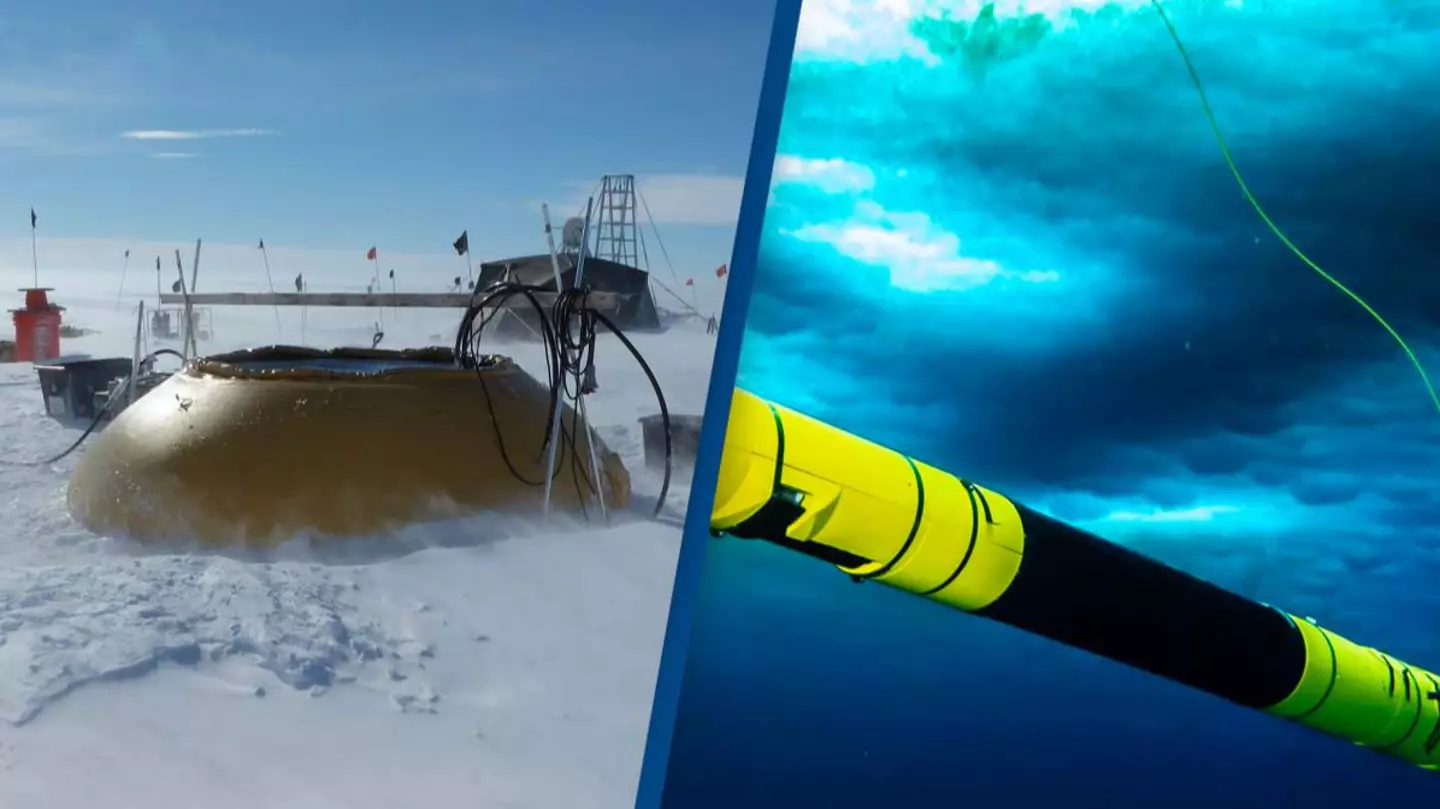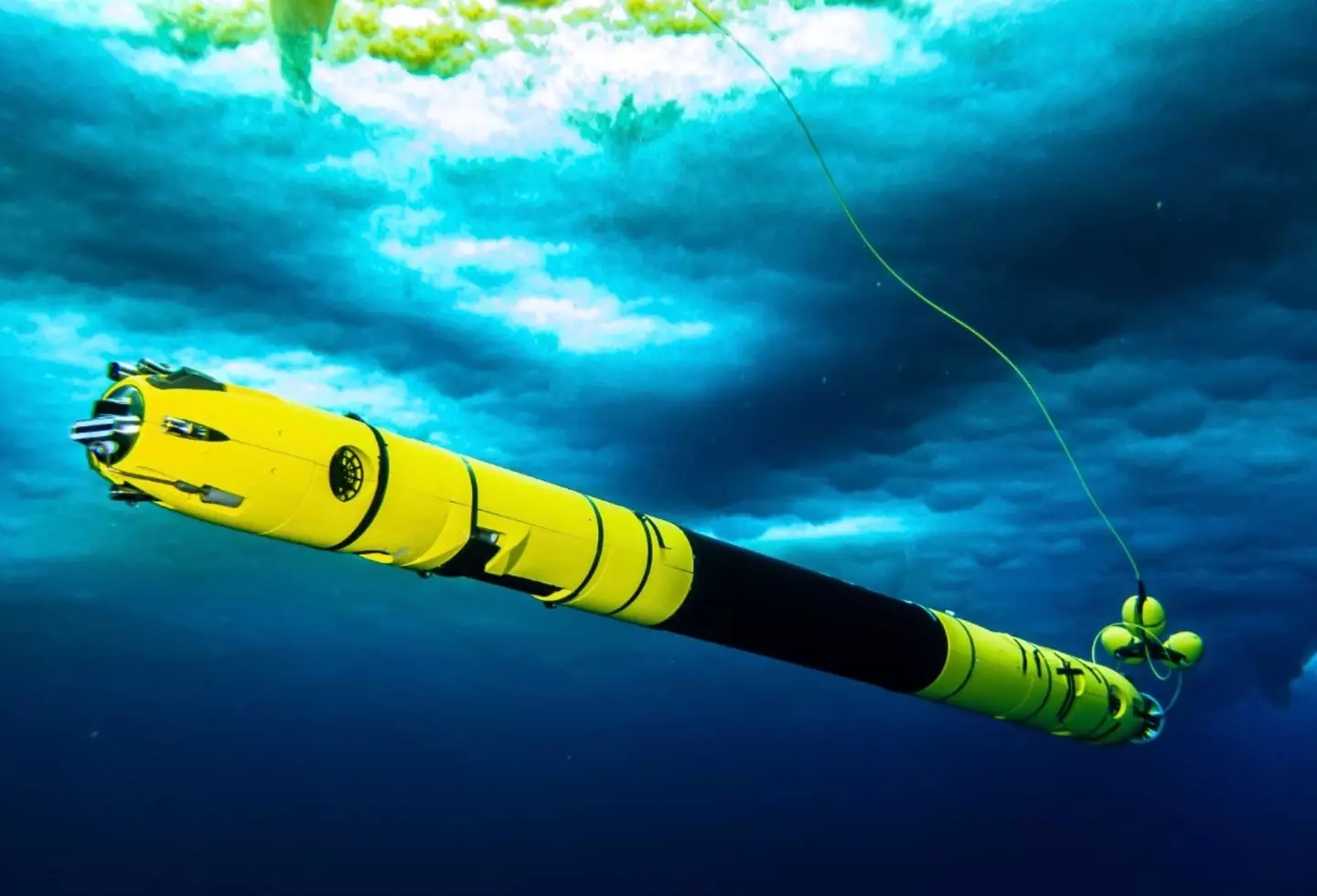
Topics: Science, Technology, World News

Topics: Science, Technology, World News
A glacier the size of Florida is 'in trouble', experts have warned.
The Thwaites Glacier, nicknamed the 'Doomsday Glacier' on account of the fact its collapse would be catastrophic for the human race, is melting at pace.
Already, every year, billions of tons of ice fall away from the glacier, causing sea levels to rise by around four percent annually.
Just the kind of cheery news we need for a weekend, right?
Advert
.jpeg)
Researchers at the site, located in West Antarctica, found that deep cracks are forming on the shelf, which helps keep the glacier in one piece.
Two studies published in the science journal Nature last week claimed that while the pace of the melting isn't as bad as previously thought, these cracks and 'staircase' formations in the ice are degrading rapidly.
This comes after scientists sent a robot deep down into the icy surface to get a better look at what was going on with the glacier, and to see just how bad things were.
Advert
The device, named 'Icefin', bored down around 2,000ft and took a collection of photos and video.
It also recorded vital pieces of date, including temperature and salt levels.
And sadly for us, it wasn't great news, with fears growing that the rate of melting could lead to its collapse.
In a statement to CNN, lead researcher Peter Davis said it was "a very nuanced and complex picture".
Advert
Even though the rate of melting wasn't found to be as high as previous estimates, Davis said it wasn't a time for complacency.
He said: "The glacier is still in trouble. What we have found is that despite small amounts of melting there is still rapid glacier retreat, so it seems that it doesn’t take a lot to push the glacier out of balance."
Speaking to Associated Press, Oregon State University ice researcher Erin Pettit, who didn't work on the studies, said that it was a cause for great concern.

Advert
"Thwaites is a rapidly changing system, much more rapidly changing than when we started this work five years ago and even since we were in the field three years ago,” she said.
"I am definitely expecting the rapid change to continue and accelerate over the next few years."
As well as the impending doom of humanity, robot creator and scientist Britney Schmidt of Cornell University said the team also found sings of life within the glacier.
Which was a nice surprise.
Advert
She said: "To accidentally find them here in this environment was really, really cool. We were so tired that you kind of wonder like, ‘am I really seeing what I’m seeing?'.
"You know because there are these little creepy alien guys (the anemones) hanging out on the ice-ocean interface.
"In the background is like all these sparkling stars that are like rocks and sediment and things that were picked up from the glacier. And then the anemones. It’s really kind of a wild experience."